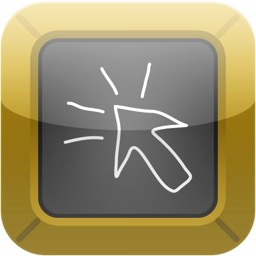
- © 2004-2023 Mr. Shupe Contact Me 0


Read More...1 : harsh inflexibility in opinion, temper, or judgment : severity (2) : the quality of being unyielding or inflexible : strictness




Any type of literacy implies a mastery of skills, fluency and application of knowledge to a variety of unrelated and dissimilar contexts. Someone who knows only how to read one book would not be considered literate. A student that is truly literate in numeracy must be capable of recognizing patterns, applying logic, and manipulation of quantities in many settings, not just using a chalkboard or pencil and paper. The task of literacy is much bigger than a tool. So why do we keep focusing on tools?Any type of literacy implies a mastery of skills, fluency and application of knowledge to a variety of unrelated and dissimilar contexts.
“It cannot be emphasized too strongly, nor repeated too often, that the most important cause of our educational shortcomings is not laziness, unionism, waywardness, stupidity, or any moral fault among the leaders of our educational enterprise. Rather, it is a system of attractive but unsound ideas. Known to educational historians as the progressive movement, these ideas took over in the United States during the latter half of the 20th century and remain very popular. The strength of the progressive movement—its lasting contribution—is its empathy with childhood. Its fatal flaw is its belief that the child-centered schooling it envisions can only be accomplished by resisting a rigorous academic curriculum and encouraging children to develop their skills using whatever content they find engaging.”
quote from the accompanying article The Anti-Curriculum Movement
What is the baseline... what is that common experience, skillset, minimum conceptual mastery level that we should ensure that all students have?
This is the stuff that standards
are constructed out of. I subscribe to what Psychologist Larry Crabb once coined as the mixed salad approach (he was speaking of Psychology Theories of counselling)- borrowing a little here, borrowing a little there, sometimes doing this, sometimes doing that. I think learning theories are also not monolithic, but deserving of equal time. So I appreciate the idea that Hirsch promoting that all students should have a common content- and it caused me to pause, and revisit that question for educational technology. Now it is up to the educators on the front lines to assess where their students are in the continuum of learning and articulate what a skilled, literate student should be able to do and explain.
An important question:
Are most teachers prepared, willing and encouraged
to do that?Premises:“Profile for Technology (ICT) Literate Students Grades 6–8 (Ages 11–14)
The following experiences with technology and digital resources are examples of learning activities in which students might engage during Grades 6–8 (ages 11–14):1) Describe and illustrate a content-related concept or process using a model, simulation, or concept-mapping software. (1, 2)”
National Educational Technology Standards for Students © 2007 ISTE. All Rights Reserved.

Part of the pushback from teachers for teaching technology skills in the context of their curriculum occurs when they realize how deficient the student’s technology skills are. And this because so few teachers are teaching with and about new technologies.
The teacher that does try to use the new technology find they are teaching more technology than curriculum content, because there is no scaffolding, no consistent previous experience.